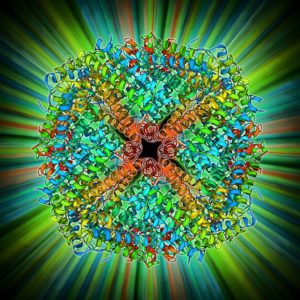Iron deficiency is a common problem among frequent blood donors. The Canadian Blood Services recently sought to identify donors at highest risk of iron deficiency and the feasibility of large-scale ferritin testing. Over 1.5 years, ferritin testing was performed on 12,595 blood donors (2.6% of all donors) who had passed the hemoglobin screen. Donors with low ferritin levels (<25 µg/L) were informed of their low iron stores and advised to see their health care providers to ensure iron levels returned to normal. They were also advised not to donate blood for at least 6 months. Iron deficiency (<25 µg/L ferritin) was identified in 54% of female donors and 33% of male donors. Furthermore, over 41% of repeat male donors and 65% of repeat female donors had low iron levels. Almost 60% of donors deferred for low iron returned to donate within a year, but they donated less often and had a lower return rate compared to donors with normal iron levels. Since female donors are more prone to have low iron levels, the Canadian Blood Service will be increasing the minimum inter-donation interval for female donors from 56 days to 84 days, with a maximum of four whole blood donations per year. Further studies and guidelines are needed to ensure donor safety.


We also observed the same in some of our regular repeat blood donors even though our donation interval between the two donation is 120 days